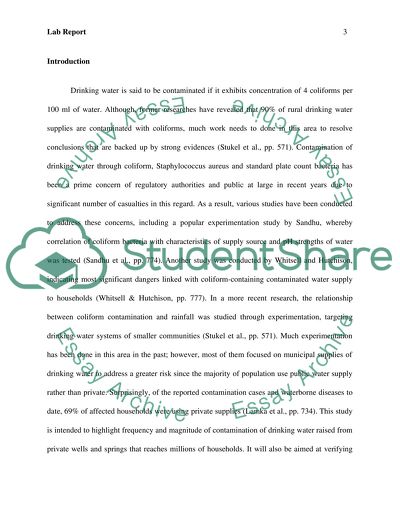Cite this document
(Quality of Drinking Water and Climatic Changes Essay Example | Topics and Well Written Essays - 2500 words, n.d.)
Quality of Drinking Water and Climatic Changes Essay Example | Topics and Well Written Essays - 2500 words. https://studentshare.org/environmental-studies/1481361-quality-of-drinking-water-and-climatic-changes
Quality of Drinking Water and Climatic Changes Essay Example | Topics and Well Written Essays - 2500 words. https://studentshare.org/environmental-studies/1481361-quality-of-drinking-water-and-climatic-changes
(Quality of Drinking Water and Climatic Changes Essay Example | Topics and Well Written Essays - 2500 Words)
Quality of Drinking Water and Climatic Changes Essay Example | Topics and Well Written Essays - 2500 Words. https://studentshare.org/environmental-studies/1481361-quality-of-drinking-water-and-climatic-changes.
Quality of Drinking Water and Climatic Changes Essay Example | Topics and Well Written Essays - 2500 Words. https://studentshare.org/environmental-studies/1481361-quality-of-drinking-water-and-climatic-changes.
“Quality of Drinking Water and Climatic Changes Essay Example | Topics and Well Written Essays - 2500 Words”. https://studentshare.org/environmental-studies/1481361-quality-of-drinking-water-and-climatic-changes.


